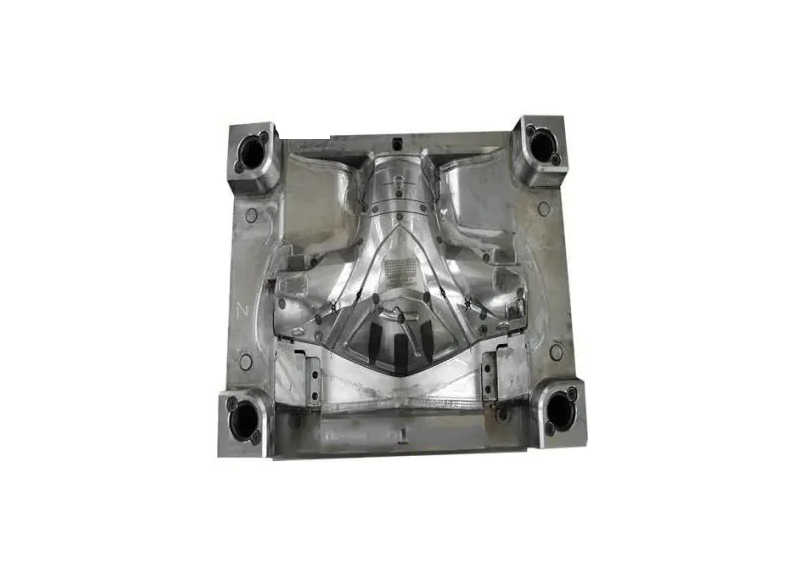The field of plastic household moulding has seen significant advancements in recent years, driven by technological innovations. These advancements have improved the quality, efficiency, and sustainability of plastic household products.
1. Precision Moulding Techniques: Modern plastic moulding techniques, such as injection moulding, have become more precise, allowing for the creation of complex and detailed household items. These techniques ensure that each product is consistent in quality and performance, meeting the high standards expected by consumers.
2. Use of Advanced Materials: The development of new plastic materials has enhanced the properties of household products. High-performance plastics with improved strength, heat resistance, and chemical resistance are now available. These materials are particularly beneficial for kitchenware, which must withstand high temperatures and exposure to various substances.
3. Eco-Friendly Moulding: Sustainability is a major focus in the plastic moulding industry. The use of biodegradable plastics and recyclable materials in household moulds is on the rise. This shift towards eco-friendly products helps reduce the environmental impact of plastic waste and promotes a circular economy.
4. Integration of Smart Features: Innovations in plastic moulding have led to the integration of smart features in household items. Products such as storage containers with built-in sensors to monitor freshness, or kitchen tools with ergonomic designs for enhanced usability, are examples of how technology is enhancing the functionality of everyday items.
5. Rapid Prototyping and Production: Advancements in 3D printing and rapid prototyping have streamlined the development process for new household products. Manufacturers can quickly create prototypes, test designs, and make necessary adjustments before mass production. This agility in development helps bring new products to market faster and more efficiently.
In summary, technological advancements in plastic household moulding are driving improvements in product quality, sustainability, and innovation, benefiting both manufacturers and consumers.



